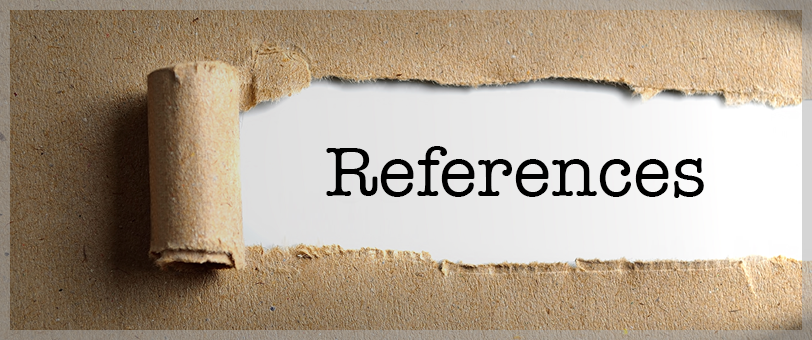The reference list below summarizes the readings that informed my thinking behind my attempt to queer science education. I reference some of these articles directly in my text for the various curricular resources; however, I did not do so consistently (my apologies—the end of the academic semester at Teachers College has been hectic and I’m juggling several assignments at the moment). The only article that does not fall strictly within queer theory is the one by Niccolini. I consulted it because I see much potential in embracing affect theory along with queer theory in queering science education.
References
Gunckel, K. L. (2009). Probing Queer Theory in Science Education. Journal of Curriculum Theorizing, 25(2), 62–75.
Halberstam, J. (2011). Introduction: Low theory. In Queer Failure (pp. 1–26). Raleigh: Duke University Press.
Luhmann, S. (1998). Queering/querying pedagogy? Or pedagogy is a pretty queer thing. In W. F. Pinar (Ed.), Queer Theory in Education (pp. 120–132). Florence: Taylor & Francis Group. Retrieved from http://ebookcentral.proquest.com/lib/teacherscollege-ebooks/detail.action?docID=474638
Niccolini, A. (2016). Animate affects: censorship, reckless pedagogies, and beautiful feelings. Gender and Education, 28(2), 230–249. https://doi.org/10.1080/09540253.2015.1121205
Schmidt, S. J. (2010). Queering Social Studies: The Role of Social Studies in Normalizing Citizens and Sexuality in the Common Good. Theory & Research in Social Education, 38(3), 314–335. https://doi.org/10.1080/00933104.2010.10473429
Snyder, V. L., & Broadway, F. S. (2004). Queering high school biology textbooks. Journal of Research in Science Teaching, 41(6), 617–636. https://doi.org/10.1002/tea.20014
Sumara, D., & Davis, B. (1999). Interrupting Heteronormativity: Toward a Queer Curriculum Theory. Curriculum Inquiry, 29(2), 191–208. Retrieved from https://www.jstor.org.eduproxy.tc-library.org:8080/stable/3185891
Watson, K. (2005). Queer Theory. Group Analysis, 38(1), 67–81. https://doi.org/10.1177/0533316405049369
Whitlock, U. (2013). Exposure: Possibilities of Place for Queering Curriculum Studies. Counterpoints, 412, 161–183. Retrieved from https://www.jstor.org/stable/42981824

